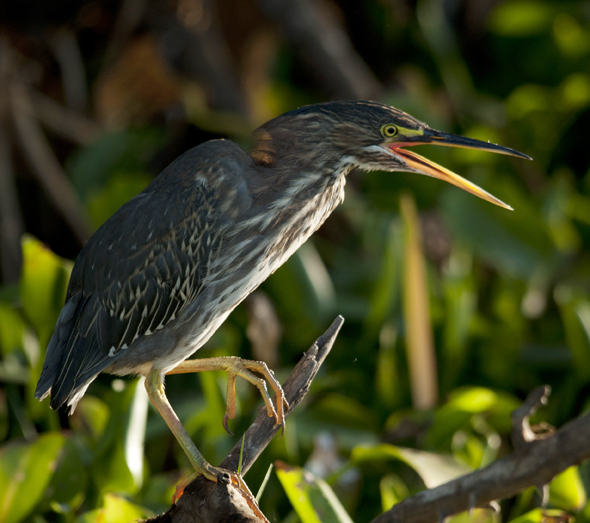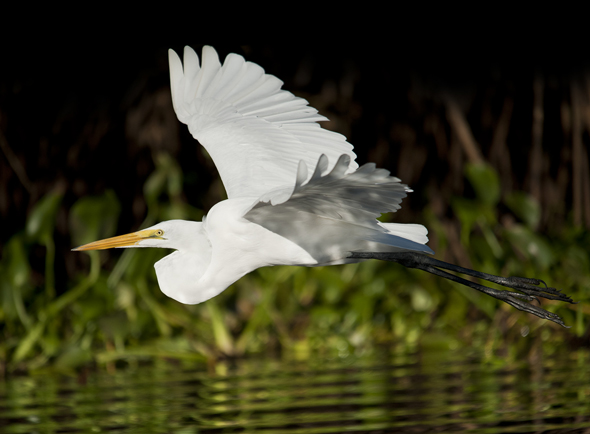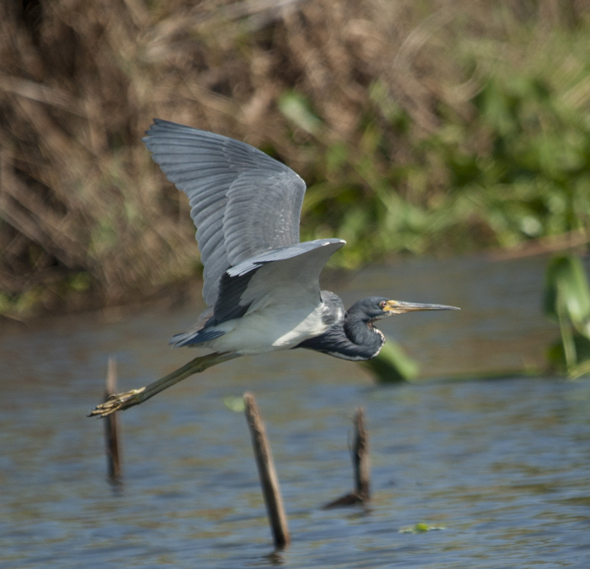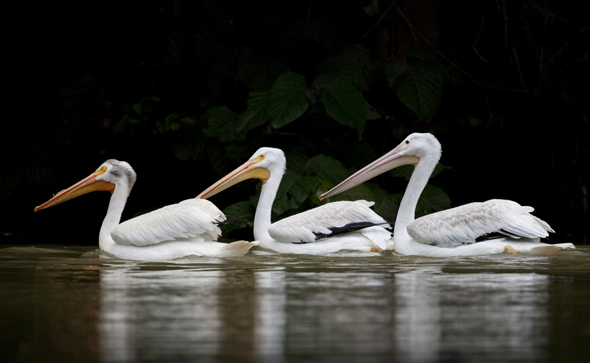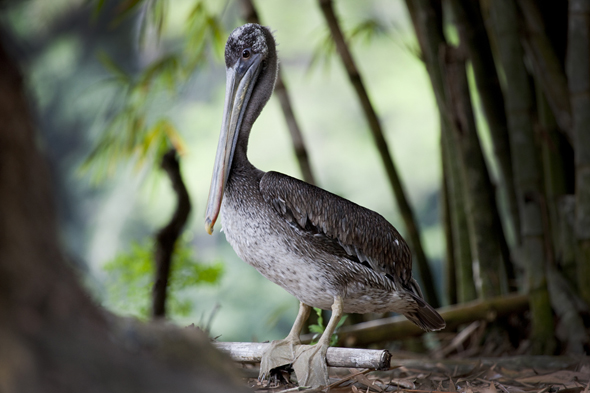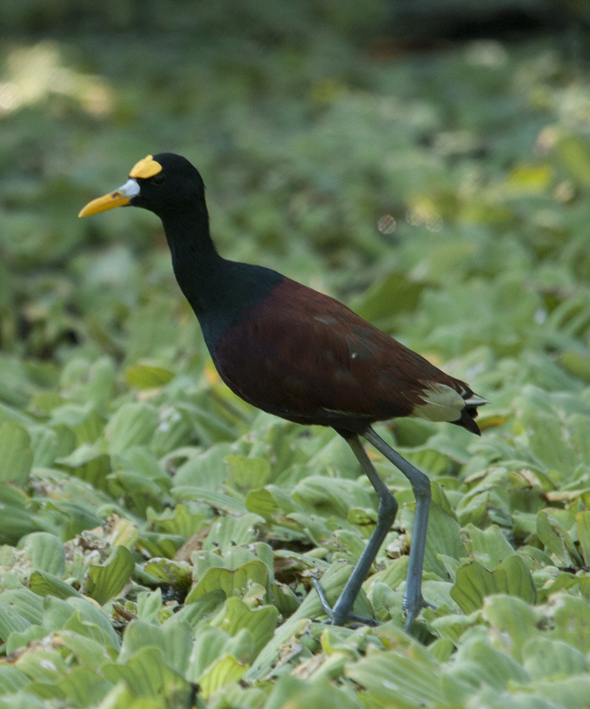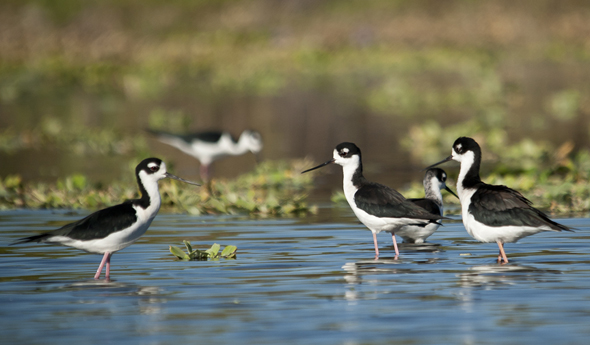Water birds in Maya iconography, epigraphy, and cosmology
We will do our best to try to avoid embarrassing writers who have called all the birds in Maya art “ducks” or “cormorants.” Our goal is to assist Mayanists: especially iconographers and epigraphers, to see that there are a dozen different birds that inhabit the watery eco-systems, both of Guatemala, and also of ancient cosmology in murals and on pottery.
I did not know the difference between a heron and an egret when I started, but gradually I am learning to recognize even a stork from a heron from a cormorant, not to mention what is an egret!
Yes, you can get this from books, but it is easiest to go to the rivers, lakes, and shores of the oceans and learn, in person. I started these field trips in the 1970’s, up and down the Rio Usumacinta, leading both lay people and scholars. We were honored by having Sofia Coe and Michael Coe on one trip, and National Geographic archaeologists as well. Since we live in Guatemala, we knew where to find the appropriate boats for such expeditions, and who could come to provide the tents, food, and all the assistance (so we could dedicate our time to experiencing the eco-systems and learn about all the species).
So here are a few views of our research field trips. Show about four photos, where there are birds visible in the scene but we photographers are also seen. Once I see which photos, I will do additional caption(s).
Water birds
- Cormorants
- Herons
- Egrets Great Egret,
- Pelicans
- Ducks
- Muscovy duck, Cairina moschata
- Fulvous tree duck, Dendrocygna bicolor
- Black-bellied whistling duck, Dendrocygna autumnalis
- Storks
- Other birds related to water,
Herons
We have herons (of obviously another species) on our family property in the Missouri Ozarks, so I am used to water birds. This part of the Ozarks has innumerable springs flowing out of caves, and fresh water creeks, but not much of the deeper water.
Agami Heron, Agamia agami
Bare-throated Tiger Heron, Tigrisoma mexicanum
Green heron, Butorides virescens probably calling another green heros at Canal de Chiquimulilla, Monterrico, Guatemala. Photo by Jaime Leonardo
- Little heron
- Great Blue Heron, Ardea herodias
- Boat-billed Heron
- Night Heron
Egrets
Great egret, Ardea alba
Great egret, Ardea alba, flying across the river in Canal de Chiquimulillla Monterrico, Guatemala, Photo by Jaime Leonardo
Tricolored heron, Egretta tricolor
Tricolored heron, Egretta tricolor flying across Canal de Chiquimulilla, Monterrico, Guatemala. Photo by Jaime Leonardo
Snowy egret, Egretta thula
Pelicans
American white pelicans, Pelecanus erythrorhynchos
American White Pelican, Pelecanus erythrorhynchos swimming in a false lake in AutoSafari Chapin Park, Guatemala. Photo by Nicholas Hellmuth.
Brown Pelican, Pelecanus occidentalis
Brown Pelican, Pelecanus occidentalis possing at Autosafari Chapin Park, Taxisco Guatemala. Photo by Jaime Leonardo.
Ducks
Pre-Columbian duck effigies are relatively common, especially as lids for basal flange bowls or quadraped vessels in the Early Classic (Peten and adjacent Belize).
The Muscovy duck is a challenge to photograph well because it is so dark; most si black; and anything lighter color would be overexposed. You can’t do HDR since the ducks are always moving.
The Muscovy duck is today domesticated and I see it frequently around houses. It seems to be content with only a simple pond of water: not a complete river. Most books suggest that this species is native to the Maya area as a wild bird but that the domesticated variant was introduced by the Spaniards from Peru.
Fulvous whistling duck or fulvous tree duck looks more like the ducks we see in the United States. I definitely never saw a Muscovy duck in Missouri!
Other birds related to water,
American Bittern
Flamingo Phoenicopterus ruber
Flamingo, Phoenicopterus ruber at Autosafari Chapin Park, the color of the feathers varies among species, from pale pink to a crimson or vermilion. The flamingos are pink because of their food, which is high in alpha and beta-carotene. Photo by Jaime Leonardo, Guatemala.
Jabiru Jabiru mycteria
Limpkin
Roseatte Spoonbil
Wood stork
Northern jacana Jacana spinosa
Northern jacana, Jacana spinosa at Canal de Chiquimulilla, Monterrico, Guatemala. In this species polyandry prevails, the female is often associated with several males that hatch several clutches at the same time. Photo by Jaime Leonardo.
Black-necked stilt Himantopus mexicanus
Black-necked stilt Himantopus mexicanus, their legs are longer in proportion to their bodies than any other bird except the flamingo. Black-necked stilts have partially webbed feet, which allow them to swim, but they rarely do. Photo by Jaime Leonardo at Canal de Chiquimulilla river, Monterrico, Guatemala.
First posted November 8, 2011


